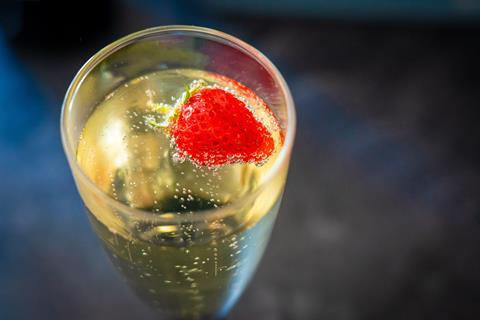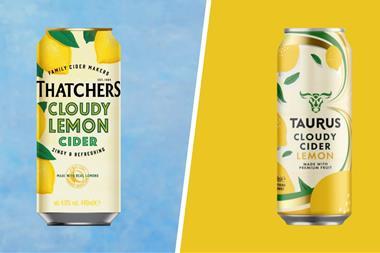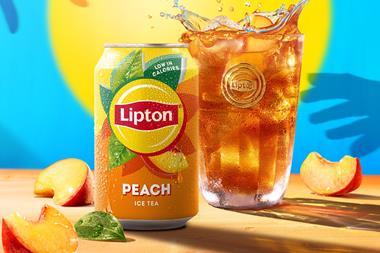Despite reportedly being Winston Churchill’s preferred serving size for champagne, pint-sized bottles of wine are unlikely to be the holy grail capable of transforming the category’s sluggish retail sales.
A Department for Business & Trade (DBT) legislation change announced last week will allow the sale of still and sparkling wine in 200ml, 500ml and 568ml (pint) sizes this year, alongside existing measures.
Hailed by Rishi Sunak’s government as a move made possible by Brexit, it will mainly benefit sparkling wine producers (still wine can already be sold in 500ml bottles), giving them “innovation, freedom and choice” in the size of bottle they offer the consumer, according to Kevin Hollinrake, minister for enterprise, markets and small business.
Sales of sparkling wine and champagne have fallen flat in recent times. The Grocer’s 2023 Top Products report showed the two combined sectors having lost £46.4m in value, on volumes down 6.8 million litres.
Price has been a major contributor to Brits turning away from the bubbles, with champagne and sparkling wines up 5.7% and 5.8% in price in 2023 [NIQ 52 we 9 September]. So a smaller bottle at more budget-friendly price may be a welcome addition on supermarket shelves for shoppers and retailers alike, and could help revive the category’s fortunes.
However, that relies on winemakers choosing to adopt the measure, and being able to produce bottles cheaply enough to make them attractive compared with their full-sized counterparts. And according to the wine industry, neither of those are especially likely.

Can wine be sold in pint bottles?
Writing on social platform X, wine importer Daniel Lambert described the pint of wine as “a bottle format nobody asked for and isn’t produced anywhere”, adding he had spoken to buyers at “a number of big companies” and none were planning to ask their suppliers for pint bottles.
Lambert told The Grocer he believed there was “less than a 0.01% chance” of any foreign winemakers electing to adopt the pint bottle.
“I can’t see why anyone would want to do it, apart from the symbolic element of it. From a purely commercial perspective, 75cl and 37.5cl are the bottle sizes that are produced almost everywhere around the world and at scale.”
Indeed, a government consultation on imperial measurements published in June 2022 revealed 98.7% of the 100,000-plus respondents preferred to use metric units when buying or selling products, either as the primary or sole unit of sale.

Furthermore, the costs involved in shifting production to a bespoke bottle size that could only be sold in one country would also eat into any reduction in shelf-edge price, according to Lambert.
“It’s the same principle as with magnums,” he explained. “You would think they would be double the price of a regular 75cl bottle, but because they are not produced in volume you don’t get the same value for money.”
Domestic winemakers have also shown little appetite for the measure. Hattingley Valley, a sparkling producer based in Hampshire, said the introduction of pint-sized bottles would be “prohibitively expensive” and “bring in more complexities to our production processes” without benefiting customers or consumers.
New wine bottle sizing is a hard switch
“Small changes in bottles shapes can have big impacts on infrastructure requirements,” says Hattingley Valley sales and marketing director Chris Unger. “Currently, our machinery is not able to be adapted to take on the new bottle shape and size.”
Other producers, including organic, low sugar, low carb prosecco Think Wine, have urged caution on the basis of not promoting excessive wine consumption.
“We already have our 200ml frizzante bottles, which our current consumers seem to be more than satisfied with,” says founder Katherine Jones.

Sussex sparkling winemaker Rathfinny Wine Estate, meanwhile, has campaigned for smaller sized bottles of fizz to be sold in the UK, but in 500ml bottles rather than pints, which it described as “a redundant measure”.
Rathfinny co-founder Sarah Driver says the winery’s first 500ml release would only likely comprise “a few hundred” bottles, making it “a true collector’s item” rather than a mainstay of the supermarket wine aisle.
It appears, then, that the pint-sized bottle is highly unlikely to take off as the symbol of UK wine’s bright post-Brexit future.




















No comments yet